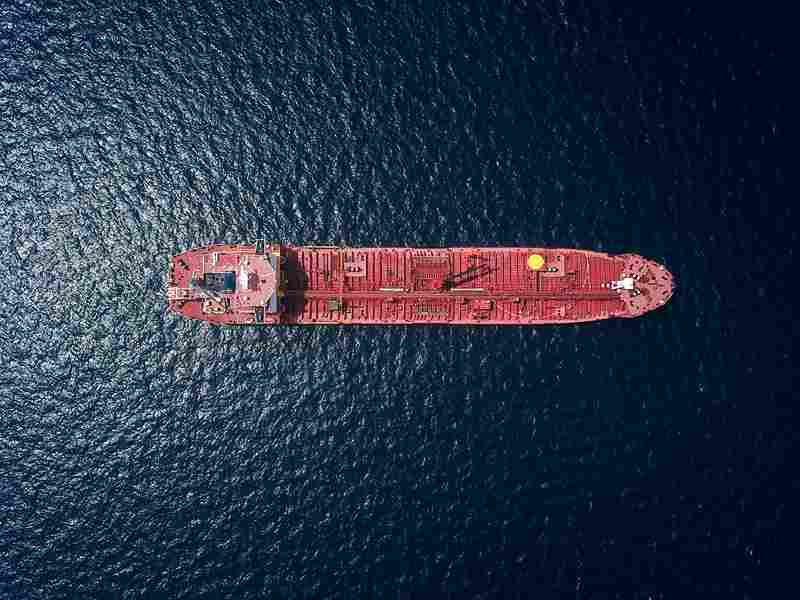
Health and Safety Considerations in Bunker Fuel Handling
Bunker fuel, essential for powering maritime vessels, plays a pivotal role in global trade but also presents significant health and safety challenges during handling and storage. As the maritime industry continues to evolve, prioritizing robust health and safety measures in bunker fuel operations is crucial to safeguarding personnel, protecting the environment, and ensuring regulatory compliance.
Health Risks Associated with Bunker Fuel
Bunker fuel, also known as marine fuel or heavy fuel oil (HFO), contains complex hydrocarbons and various contaminants, posing potential health hazards to workers involved in its handling and transportation. Key health risks include:
- Exposure to Toxic Chemicals: Bunker fuel may contain sulfur, heavy metals (such as vanadium and nickel), polycyclic aromatic hydrocarbons (PAHs), and other harmful substances. Prolonged exposure can lead to respiratory problems, skin disorders, and long-term health issues.
- Airborne Particulates: During bunkering operations, particulate matter and fumes released from bunker fuel combustion can pose respiratory hazards, especially in confined or poorly ventilated spaces.
- Physical Hazards: Handling heavy bunker fuel involves physical exertion and risks such as slips, trips, and falls, particularly on slippery surfaces or in adverse weather conditions.
Safety Measures in Bunker Fuel Handling
To mitigate health risks and ensure safety in bunker fuel handling operations, maritime companies and port facilities implement stringent safety protocols and best practices:
- Personal Protective Equipment (PPE): Workers involved in bunker fuel operations must wear appropriate PPE, including respiratory protection (such as respirators or masks), protective clothing, gloves, and safety footwear to minimize exposure to hazardous substances and physical risks.
- Training and Competency: Comprehensive training programs are essential to educate personnel on safe handling practices, emergency procedures, and the proper use of equipment. Training should cover chemical hazards, firefighting techniques, and protocols for spill response and containment.
- Ventilation and Engineering Controls: Adequate ventilation systems and engineering controls (such as local exhaust ventilation) are critical to reducing airborne contaminants and maintaining air quality during bunker fuel transfer and storage.
- Safe Operating Procedures: Establishing and adhering to standardized operating procedures (SOPs) for bunkering operations ensure consistency and safety. SOPs should include pre-bunkering checks, communication protocols, emergency shutdown procedures, and contingency plans for spills or accidents.
- Risk Assessment and Monitoring: Regular risk assessments and environmental monitoring help identify potential hazards, assess exposure risks, and implement preventive measures to protect personnel and the environment.
Environmental Considerations
In addition to health and safety concerns, bunker fuel handling operations must address environmental impacts associated with spills, leaks, and emissions:
- Spill Prevention and Response: Implementing spill prevention measures, such as double-walled storage tanks and spill containment systems, minimizes the risk of environmental contamination. Prompt and effective spill response protocols are essential to mitigate environmental damage and comply with regulatory requirements.
- Emissions Control: Strategies to control emissions during bunkering operations include using low-sulfur fuels, installing emissions control systems (such as scrubbers), and adhering to international regulations, such as MARPOL Annex VI, which set limits on sulfur content in marine fuels.
Regulatory Compliance and Continuous Improvement
Adherence to regulatory standards and industry guidelines is paramount in bunker fuel handling to ensure compliance with health, safety, and environmental regulations. Continuous improvement initiatives, such as conducting audits, evaluating incident reports, and incorporating feedback from stakeholders, enhance safety performance and operational efficiency.
Conclusion
Health and safety considerations in bunker fuel handling are critical pillars of responsible maritime operations. By prioritizing worker protection, implementing robust safety measures, and mitigating environmental risks, shipping companies and port facilities can foster a safe working environment, uphold regulatory compliance, and sustainably manage bunker fuel operations in the global maritime industry. Embracing proactive health and safety practices not only protects personnel but also reinforces the industry’s commitment to operational excellence and environmental stewardship amidst evolving challenges and regulatory requirements.





